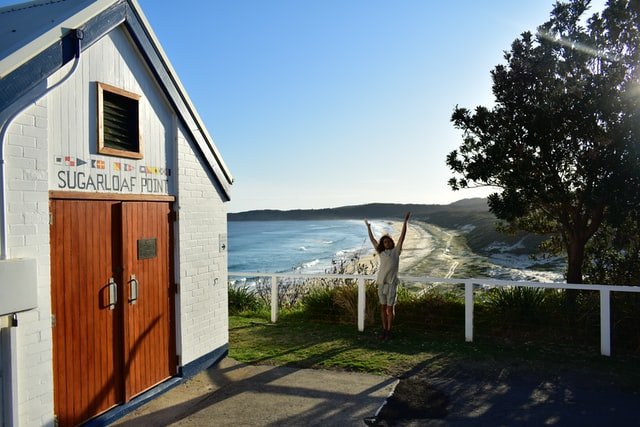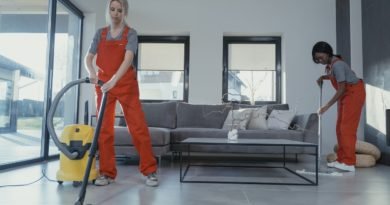Unlock the Hidden Secrets of Your Dream Home with Pre-Purchase Building Inspections in Brisbane
Buying a home is undeniably one of the most significant investments you’ll ever make. While the exterior may be appealing and the seller’s insistence on the property’s excellent condition may be persuasive, it is always wise to get a professional second opinion. This step helps ensure a fair deal and can save you from hidden issues such as rotting frames concealed behind a fresh coat of paint or cleverly staged rooms disguising unseen problems. It’s therefore prudent to invest in pre-purchase building inspections, particularly in regions like Brisbane. These inspections allow you to uncover potential issues before you sign any papers.
Here, we reveal six common issues our inspectors often uncover during pre-purchase building inspections in Brisbane:
Leaking Shower Recesses
Leaks in the shower can stem from inadequate caulking, poor waterproofing, or damage to the silicone membrane. Detecting and repairing these leaks can be challenging, depending on their location and extent. It’s crucial to have an experienced building inspector assess the situation and provide advice tailored to your property.
Minor Settlement Cracks in Walls
While minor cracks are common signs of settlement and typical in many homes, it’s important to document any present in a potential home. Structural problems can occur in any building, irrespective of its age, but are more common in older constructions. Damaged foundations, external wall cracks, and erosion are a few examples of such issues.
Rot in External Timber Stairs and Balustrades
Decomposed timber on stairs, balustrades, and other wooden structures not only invite termites but also compromise the integrity and safety of the structure. It’s advisable to replace such components to ensure adherence to building regulations.
Paint Deterioration and Rot on External Wall Cladding
The Brisbane climate can significantly affect the exterior of a house. Issues such as paint deterioration and rot are often due to moisture penetration via defects in the building envelope. Large scale peeling, blistering, or rotting could indicate expensive future repairs for the cladding.
Cracked Stumps
Homes with stumps are common in Brisbane, but detecting cracks requires a trained eye. In particular, concrete stumps can show signs of concrete cancer, where the internal steel bars rust and expand, causing the concrete to craze and crack.
Cracked Foundations
Minor foundation cracks are fairly common and usually not a cause for immediate concern. However, significant cracks pose serious issues as they allow moisture, pests, and air to infiltrate your home, causing structural damage and potential hazards.
Why Are These Issues a Concern?
These issues can significantly impact the home buying process, affecting safety, comfort, sale price, and future repair costs. Therefore, learning about these problems through pre-purchase inspections is crucial to avoid costly errors.
How Do We Identify These Issues?
Our inspectors utilize a range of tools, including ladders, tapping tools, torches, moisture meters, and high-resolution thermal cameras. These cameras leverage thermal, moisture, and radar technology to scan through ceilings, walls, and floors for issues such as roof leaks or moisture problems, without causing any damage.
What Should You Do Next?
Pre-purchase inspections are both an investment and a form of insurance. However, before engaging a building inspector, ensure they have a solid reputation, are insured, have ample experience, and hold the necessary licenses.
Discover the true value of your dream home with our pre-purchase building inspections in Brisbane and save yourself from unforeseen expenses down the line.




